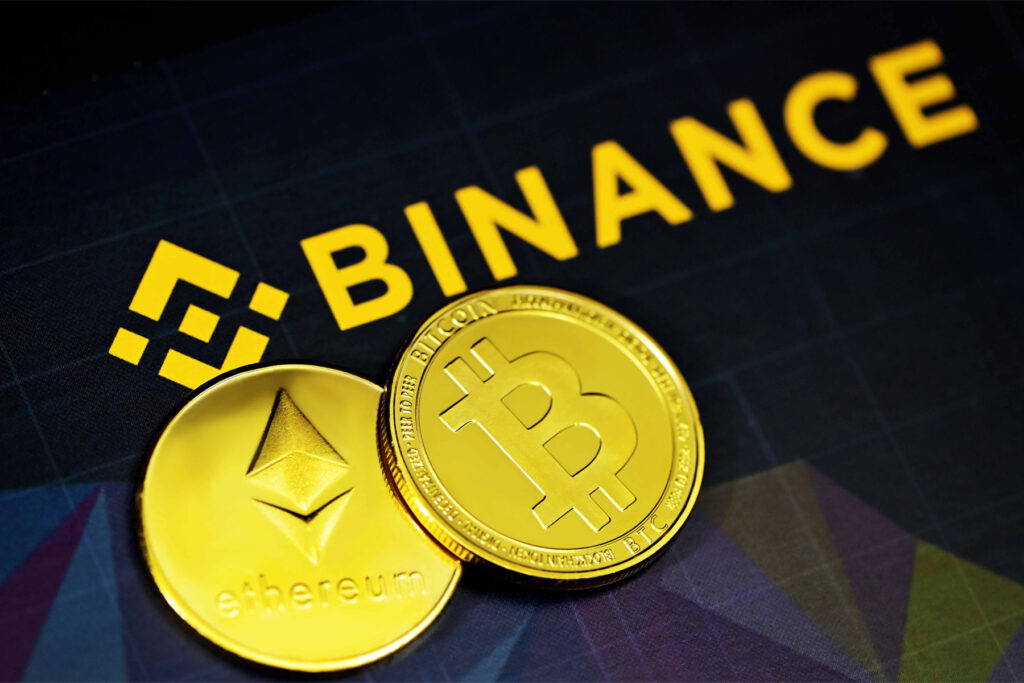After the collapse of one of the largest crypto exchanges, FTX, the CEO of the largest exchange Binance, Changpeng Zhao, sparked a discussion about the transparency of exchange reserves. He also took issue with traditional finance, specifically banks, which usually hold only a fraction of the money reflecting total client deposits.
As a solution, he proposed verifying them using the cryptographic method of merkle tree proof. In theory, transparency is easier to achieve with cryptocurrencies than with any other type of asset. Other crypto exchanges such as Crypto.com, Huobi, Bitfinex, OKX and Kucoin voiced support for this initiative. However, there is no predefined standard for the disclosure of these reserves.
The so-called proof-of-reserves compares the volume of assets held on wallets controlled by the exchange with the balance in users’ accounts. The problem is that it says nothing about the exchange’s liabilities. It is not even possible to know whether, for example, the exchange hasn’t adjusted the asset volumes on its wallets to match the desired results just before the audit.
The fundamental question is therefore to what extent proof of reserves is a real guarantee of the solvency of exchanges and to what extent it is just a marketing ploy by Binance. It is probably a bit of both. For the second case speaks that the Coinmarketcap server started giving verified exchanges a trustmark icon soon after the launch of this initiative. However, this server is owned by a subsidiary of Binance.
In the case of Binance, the reserve verification was carried out by the auditing firm Mazars. Its investigation confirmed that its bitcoin reserves are 101% covered. However, Mazars states that this verification cannot be considered a complete audit. This means that Mazars does not guarantee that the finances of the exchange as a whole are actually in order.
There are some obvious shortcomings in this proof of reserves. The reserve verification only occurred for bitcoin, not all the assets that Binance owns. There is also a mixing together of bitcoins with their token-wrapped versions.
Binance subsequently promised that there would be a full independent audit. Verification of cryptocurrency reserves should ideally only be an addition to regular audits of overall corporate finances.

